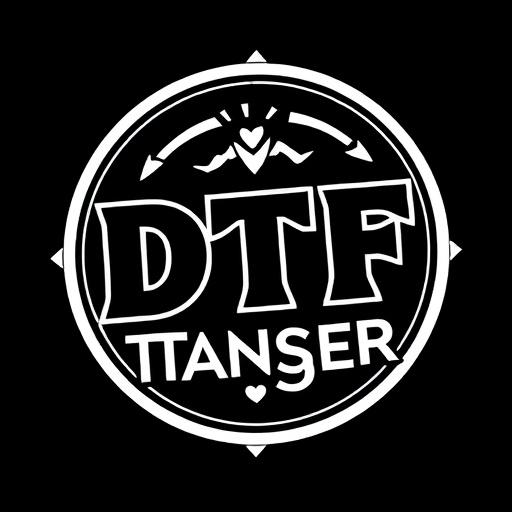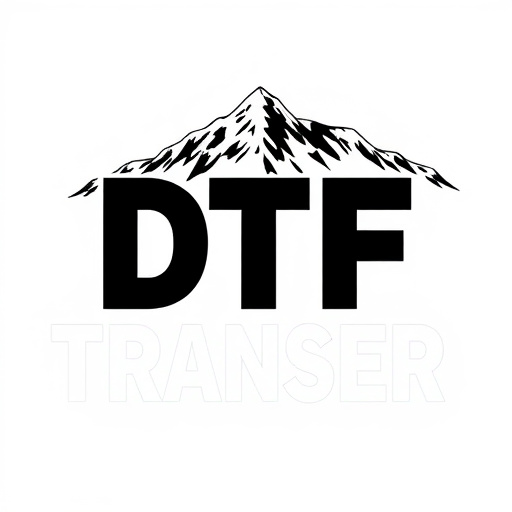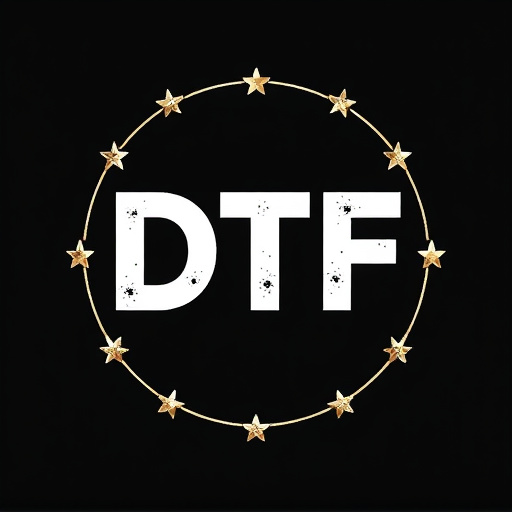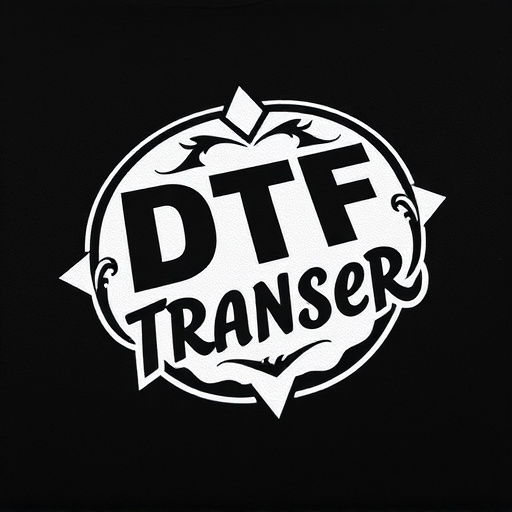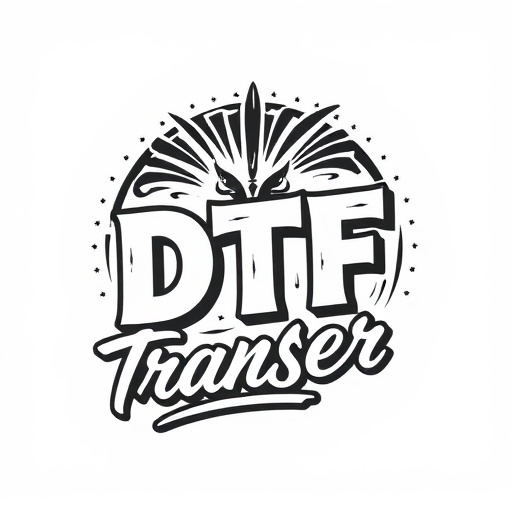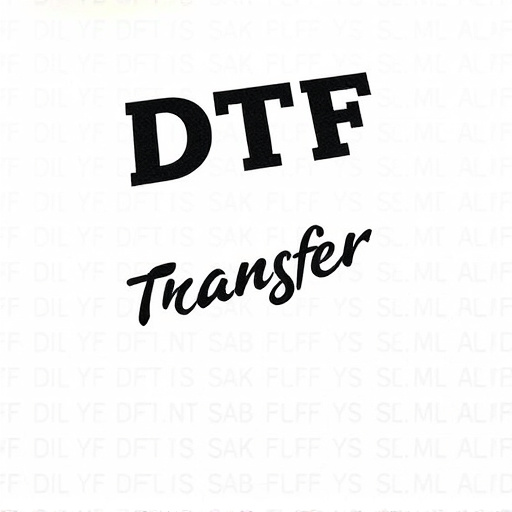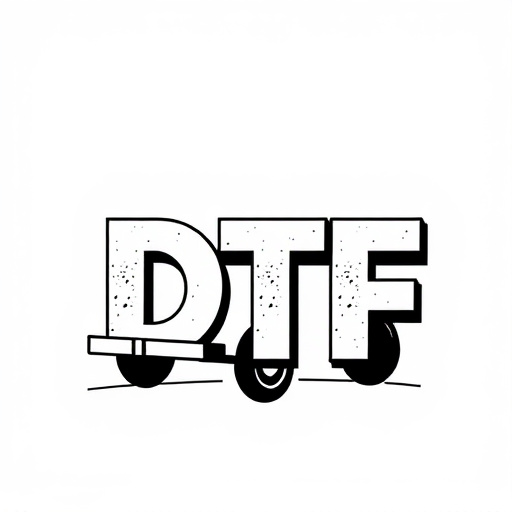Direct-to-film (DTF) transfers have disrupted fabric printing with high-quality, vibrant prints. Binding agents play a crucial role in securing these prints to fabrics, enhancing durability and aesthetics. Different binding agent types cater to various fabric types, applications, and desired finishes. Case studies demonstrate their effectiveness in improving DTF transfer quality and longevity across diverse industries, from fashion to advertising, revolutionizing creative design possibilities with durable results.
In the realm of textile printing, Direct-to-Film (DTF) transfers have emerged as a game-changer, offering vibrant and intricate designs on various fabrics. This innovative method involves applying print films directly to textiles, creating durable and high-quality prints. However, securing these DTF prints is crucial for long-lasting results. Enter binding agents—the unsung heroes that ensure the transfer’s integrity, enhancing the overall durability and washfastness of the final product. This article explores the integral role of binding agents in the DTF transfer process, highlighting their advantages, types, and selection criteria.
- Understanding Direct-to-Film (DTF) Transfers: A Popular Printing Method
- The Role of Binding Agents in DTF Transfer Process
- Advantages of Using Binding Agents for Securing DTF Prints
- Different Types of Binding Agents and Their Applications
- Choosing the Right Binding Agent: Factors to Consider
- Case Studies: Successful Implementation of DTF Transfers with Binding Agents
Understanding Direct-to-Film (DTF) Transfers: A Popular Printing Method

Direct-to-film (DTF) transfers have gained significant popularity in the printing industry, especially among those seeking high-quality, vibrant prints on various fabrics. This innovative method eliminates the need for traditional printing presses and ink, allowing for direct application of designs onto fabric through a specialized process. DTF involves transferring a digital image or pattern from a film to a fabric surface using heat and pressure. The result is a crisp, detailed print that offers an alternative to more conventional screen printing techniques.
DTF Printing offers several advantages, including faster production times, cost-effectiveness for small to medium-sized orders, and the ability to produce intricate designs with fine line details. This method is particularly favored by businesses catering to custom apparel, home decor, and promotional merchandise markets. The versatility of DTF allows designers and printers to explore endless creative possibilities, ensuring that final products boast stunning visual appeal and durable prints that last.
The Role of Binding Agents in DTF Transfer Process

The role of binding agents in the DTF transfer process is indispensable, acting as a crucial bridge between the fabric and the applied design. These agents ensure that the DTF prints adhere firmly to the fabric’s surface, maintaining their vibrancy and durability throughout various washes and environmental conditions. By creating a strong bond, they prevent the delicate ink from flaking or peeling, preserving the intended aesthetic for longer periods.
Binding agents optimize the overall quality of DTF transfers by enhancing the interaction between the fabric fibers and the printed ink. They fill in the microscopic gaps on the fabric’s surface, creating a smooth layer that allows the ink to set properly. This meticulous process ensures that each DTF print is not just visually appealing but also long-lasting, making them suitable for both decorative and functional applications.
Advantages of Using Binding Agents for Securing DTF Prints
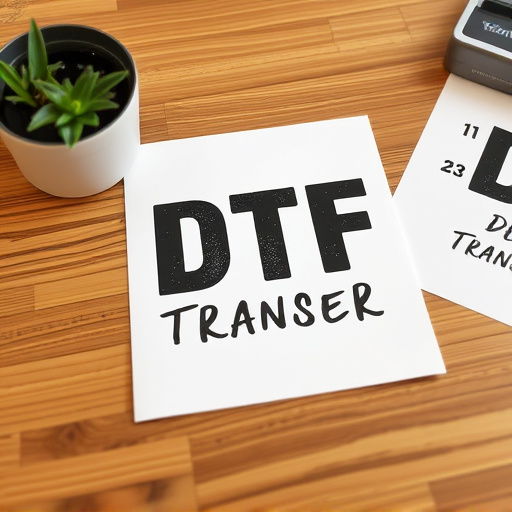
Using binding agents to secure direct-to-film (DTF) transfers on fabrics offers several advantages. Firstly, it enhances the durability of the prints, ensuring they withstand wear and tear better than traditional methods. This is especially beneficial for items like t-shirts, bags, and other textiles that are subject to frequent use. Secondly, binding agents create a seamless finish, eliminating visible lines or edges where the film was applied, resulting in high-quality, vibrant DTF prints.
Moreover, these agents provide an even coat, promoting consistent color distribution across the fabric. This consistency is crucial for maintaining brand identity and visual appeal. Additionally, the use of binding agents streamlines the printing process by simplifying the steps required to apply and fix the transfers, making it a cost-effective and time-saving solution for DTF printing.
Different Types of Binding Agents and Their Applications
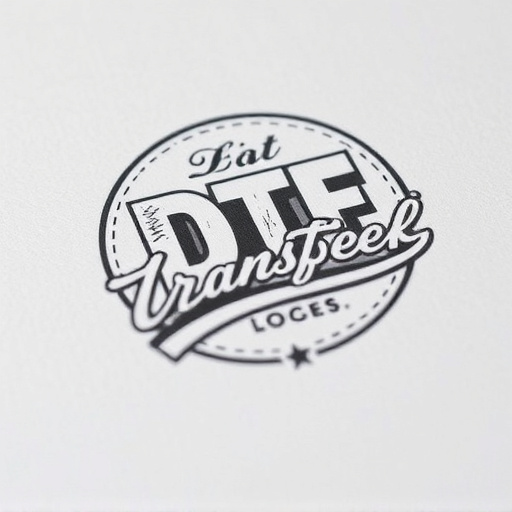
Direct-to-film (DTF) transfers have revolutionized the way we print on fabrics, offering vibrant and long-lasting DTF prints. At the heart of this process are binding agents that secure the design to the fabric during heat application. These agents play a pivotal role in ensuring the durability and quality of DTF prints.
There are various types of binding agents designed for specific applications in the DTF transfer process. For example, water-based adhesives are popular due to their ease of use and low environmental impact. They are suitable for a wide range of fabrics and provide good adhesion, making them ideal for small-scale projects and prototypes. On the other hand, hot melt adhesives offer exceptional strength and flexibility, making them perfect for high-volume production runs and heavy-duty fabrics like denim or canvas. Additionally, solvent-based binding agents provide superior bonding for complex materials, allowing for intricate designs on challenging surfaces. Each type caters to different needs, ensuring that printers have the right tool for achieving impeccable DTF results.
Choosing the Right Binding Agent: Factors to Consider

When selecting a binding agent for direct-to-film (DTF) transfers to fabrics, several key factors come into play. Firstly, consider the type of fabric; different textiles may require specific adhesives to ensure optimal bonding and long-lasting results. For instance, natural fibres like cotton might need water-based agents, while synthetic materials could benefit from heat-activating adhesives.
Additionally, the environment in which the transfer will be applied is crucial. Outdoor DTF prints, for example, should withstand exposure to sunlight and weather conditions, leading one to choose UV-resistant or weatherproof binding agents. On the other hand, indoor applications might focus on durability against moisture or abrasion. Moreover, the desired aesthetics and feel of the final product can guide your choice; matte versus glossy finishes, or smooth versus textured surfaces, all influence which adhesive will best secure the DTF transfer while achieving the intended visual effect.
Case Studies: Successful Implementation of DTF Transfers with Binding Agents
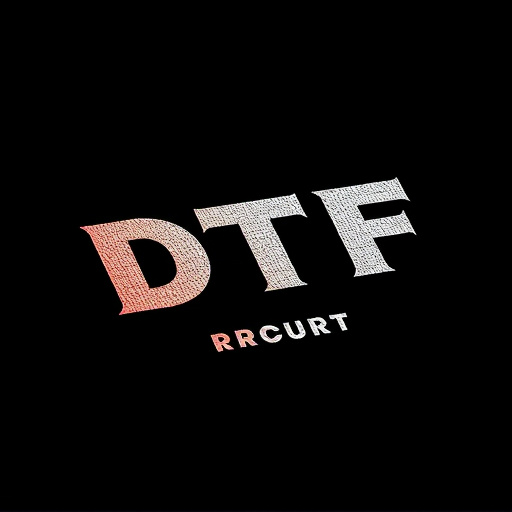
In numerous case studies, binding agents have proven to be indispensable in achieving high-quality, long-lasting DTF Transfers (Direct-to-Film Transfers) on diverse fabric types. These agents play a critical role by ensuring the adhesion of the film to the fabric, thereby enhancing the overall durability and vibrancy of the resulting DTF Prints. For instance, in one such study, a textile manufacturer utilized a specialized binding agent to secure DTF Transfer technology for creating custom clothing lines. The agent’s ability to bond with various fabrics, including cotton, polyester, and silk, enabled them to produce intricate designs with vibrant colors that retained their luster even after multiple washes.
Another successful implementation was observed in the signage industry, where a company adopted binding agents for DTF Printing on outdoor banners. The agent’s weather-resistant properties prevented the film from peeling or flaking, ensuring the banners remained legible and visually appealing for extended periods. These real-world applications underscore the versatility and significance of binding agents in refining the DTF Transfer process, making it suitable for a wide range of applications, from fashion to advertising.

